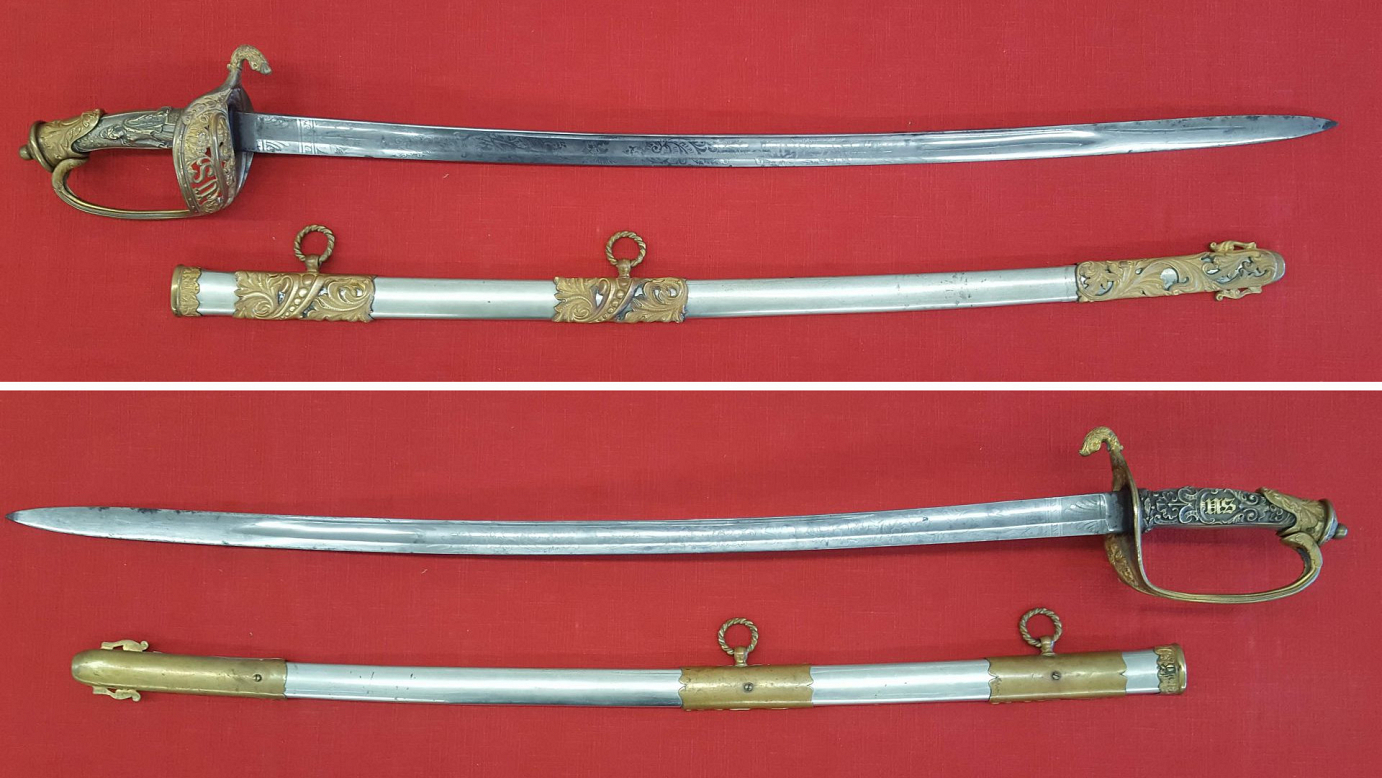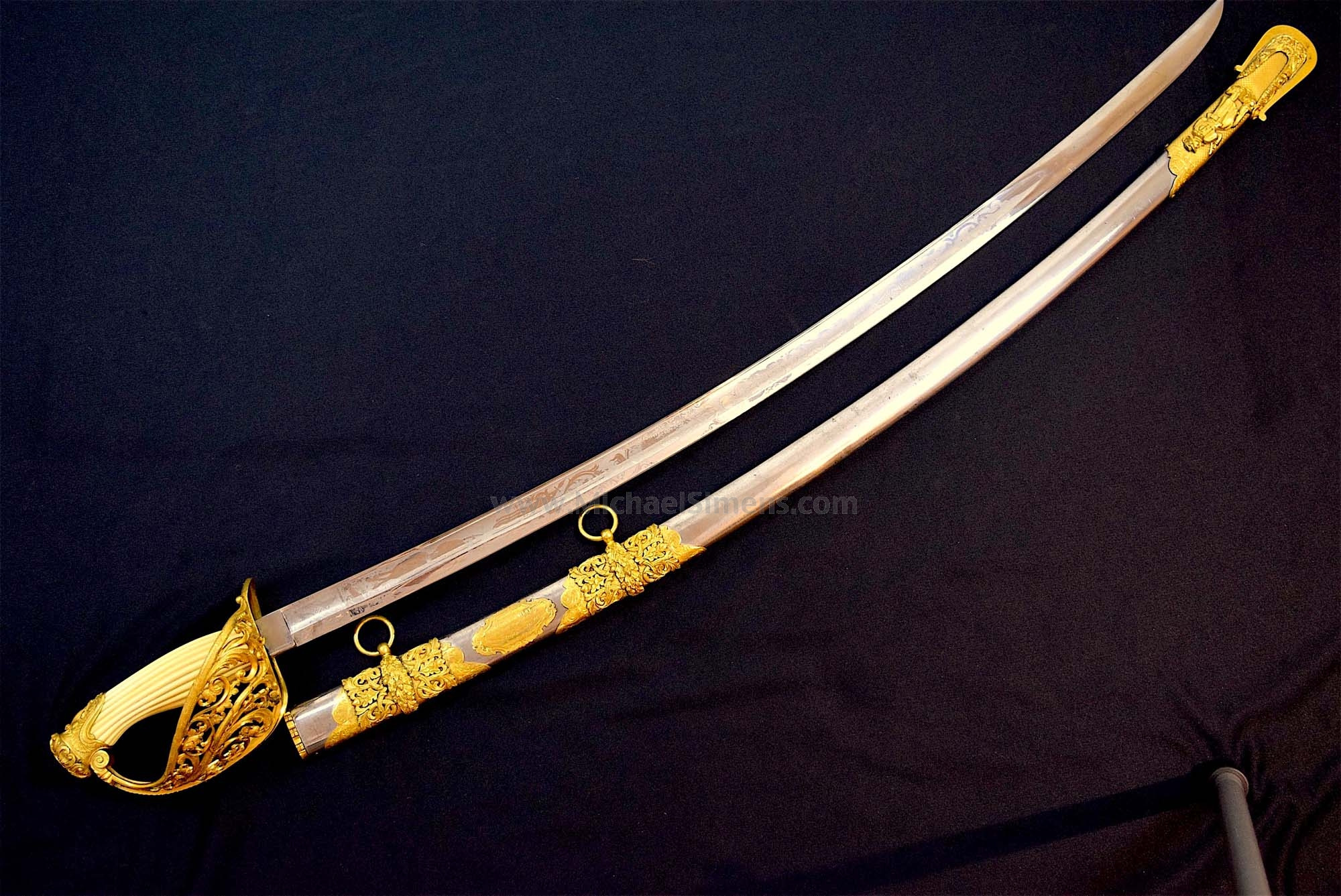


A large, enclosed guard shielded the swordsman's hand. (Unlike the cavalry trooper's trusty saber, Jack's cutlass did not have the weight of a galloping horse behind it!) The cutlass had a straight or slightly-curved blade designed both for cutting and thrusting. Because boarding actions were fought on the crowded decks of small vessels amid tangles of shrouds and splintered spars and struggling shipmates and foemen, Jack Tar's blade had to be short for easy control, and heavy enough to provide its own momentum in slashing. Dueling seamen swung the broad, heavy blades with skull-cleaving force even at close quarters on the slippery, congested decks.įirst cousin to the longer, lighter cavalry saber, the naval cutlass was designed for sea-fighting as the saber was adapted to land-battles. Their short-bladed cutlasses did not trip or hinder these boarders as they climbed, and in the deadly fighting, the wieldy weapons seldom fouled in rigging or wreckage. Up and over the sides of the enemy sloop swarmed the Yankee cutting-out party.

The Cutlass Carved its Niche in Our Navy's Annals


 0 kommentar(er)
0 kommentar(er)
